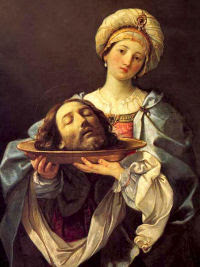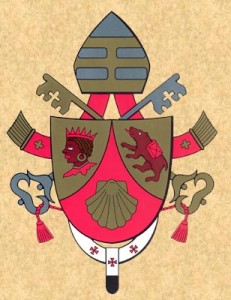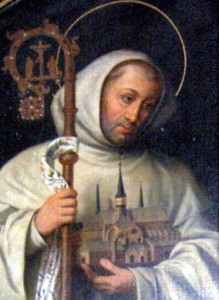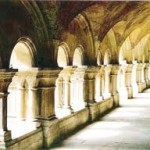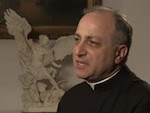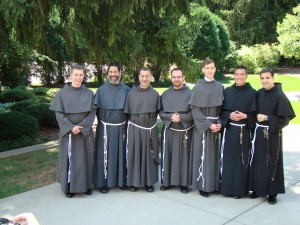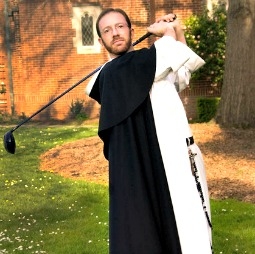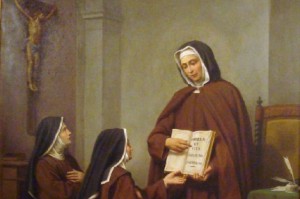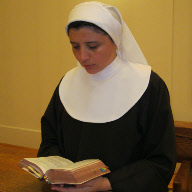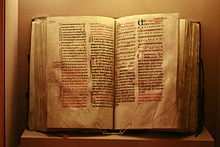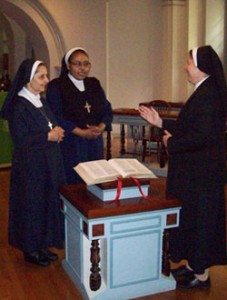 The first Visitation monastery in the United States was founded in Georgetown, Washington, DC, in the late 1700’s. On June 6, 2013, this monastic foundation established a new community called the Saint Jane de Chantal Gallery Community.
The first Visitation monastery in the United States was founded in Georgetown, Washington, DC, in the late 1700’s. On June 6, 2013, this monastic foundation established a new community called the Saint Jane de Chantal Gallery Community.
When the Visitation Order was founded on June 6, 1610, by St. Jane de Chantal and St. Francis de Sales, it had its beginnings in Annecy, France, in a house nicknamed “La Galerie” because a “gallery” ran along one side of their new monastery.
The purpose of the new Gallery community is to invoke the Holy Spirit and pray that the blessings of vocations may come to the Visitation family for the glory of God and for the benefit of God’s people. The Gallery community is an opportunity for young women “to experience our monastic way of life as handed down to us in the spirit of our charism…As a monastic, contemplative community the sisters of the Gallery Community will be faithful to their lives of prayer, their Constitutions and the Spiritual Directory placed in the hands of their Holy Mother, Saint Jane de Chantal, by Saint Francis de Sales on June 6, 1610, Trinity Sunday.”
In this Year of Faith, Pope Emeritus Benedict XVI encourages everyone to rediscover and retrace the history of our Faith. By embracing with new fervor their founding charism and way of life, the Visitation sisters believe that this will once again attract women who wish to single-heartedly follow after the Heart of Our Lord Jesus Christ.
